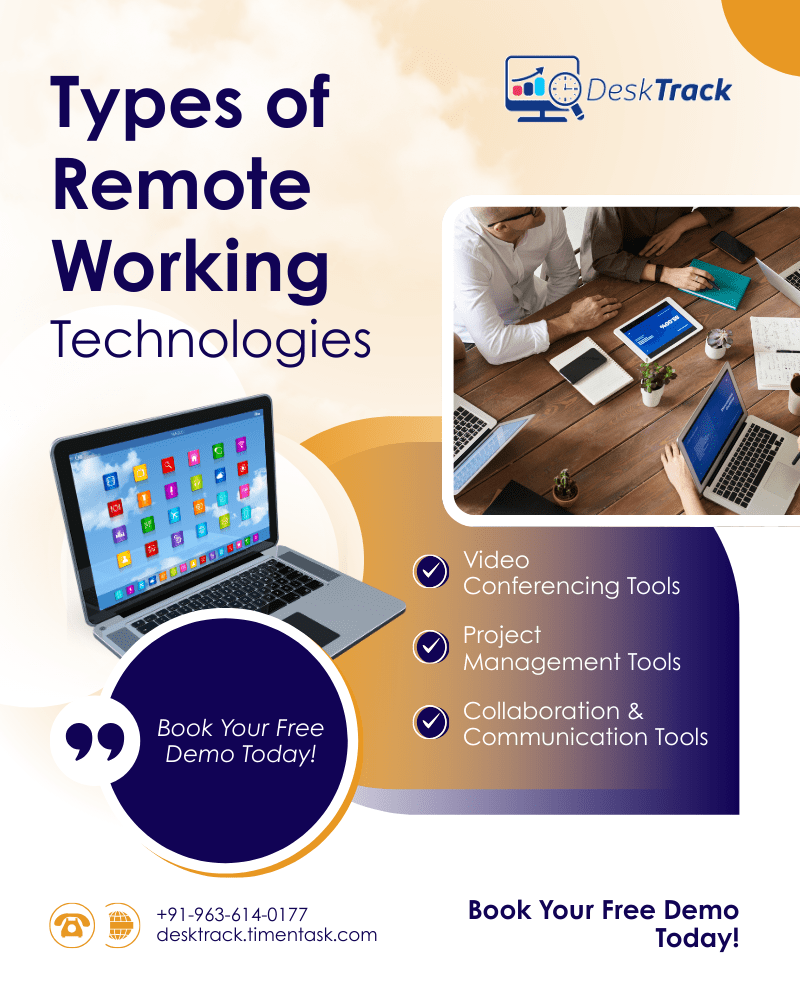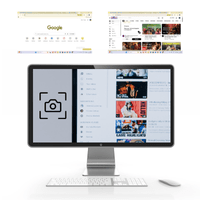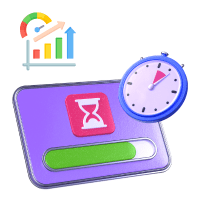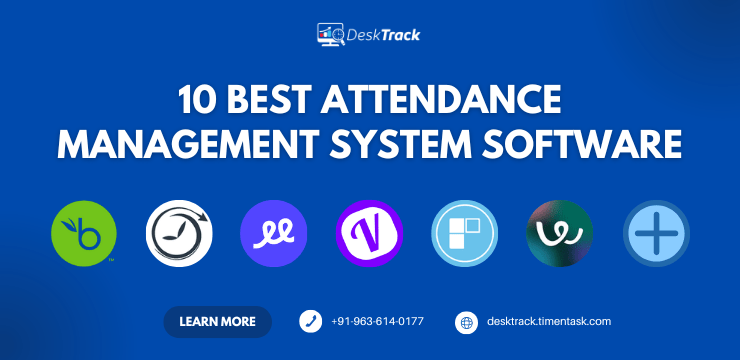
Most professionals everywhere these days are working from anywhere, mostly from their homes, which we commonly know as work-from-home. In fact, around 80% employees warn that they will quit if their employers remove remote work. So, eventually, both employees and employers need to adapt to remote settings and get used to them like they are with in-office work. More so in 2026. To assist them with this new workflow and drastic changes, implementing remote work technologies is the most effective solution.
The Importance of Remote Working Technologies in 2026

Businesses and organizations around the globe have adopted the hybrid work model due to flexible work demands, a strong emphasis on work-life balance, global workforces, and busy schedules. Another reason to implement the hybrid work setup was that going fully remote created some issues, such as a lack of collaboration, transparency, accountability, and security. However, these issues are more or less the same in hybrid working. To top it all, the remote-in-office model will be a permanent fixture in 2026. To conclude, you have no choice but to install remote work technology in your organization.
Read Also: Workforce Management Tools: A Complete Guide & Top 5 Options
Types of Remote Working Technologies You Must Be Familiar With

Remote working technology helps a lot to connect all your teams and employees. These tools bridge the time zone and location gaps between your remote, fieldwork, and in-office workers virtually together:
1. Video Conferencing Tools
Remote work systems can’t work without video conferencing tools. That’s because, no matter the work setup, you can’t proceed on anything, check progress, or provide crucial updates without meetings. Plus, since you will speak in meetings, video conferencing tools also have brilliant audio quality. Features include:
- Video calling and recording
- Mute and unmute audio
- User-friendly interface
- Chatting widget
2. Project Management Tools
Even if your teams are far, everyone needs to work together in synchronization with the project. The next remote workforce technology we are talking about does just that. Basically, project management software solutions provide many features to streamline workflows and project hours, such as:
- Project time tracking
- Work subdivision into workspaces, projects, lists, workflows, tasks, sub-tasks, and checklists.
- Assigning users to tasks and tracking progress.
- Multiple views, such as Gantt charts, timelines, and calendars
- Seamless integrations with the other tools and apps you use, such as your calendar.
- Group chat features
3. Collaboration & Communication Tools
These are remote work tools that make seamless communication and collaboration possible across all your teams. Available mostly as online tools, these apps provide features, such as:
- Multiple communication channels
- Real-time document editing
- File sharing
- Real-time messaging
Top 10 Remote Work IT Solutions in 2026
Starting your remote work business or switching to a remote or hybrid work model? These 10 remote work IT solutions and tools are a must-have in your arsenal.
- DeskTrack
- Zoom
- Dialpad
- TeamViewer
- CloudApp
- Slack
- RemoteWokr
- Google Drive
- Every Time Zone
- Dropbox Paper & Dropbox
1. DeskTrack
DeskTrack is primarily an all-in-one AI-powered employee monitoring software solution. However, it provides more than that. The tool combines the best real-time productivity monitoring, time tracking, and productivity monitoring functionalities for your remote, in-office, hybrid, and fieldwork workforce. The features it provides are only the ones that give useful output or add some value, such as the screenshot monitoring tool, which prevents all insider threats in your organization.
| Use Case | Most Affordable Paid Plan | User Rating |
| Employee monitoring | $5.99/user/month | 5/5 |
2. Zoom
This piece of technology for remote work has many tools for you to choose from, such as calendars, visitor management software, and workspace renting. However, the most popular among these is Zoom Workplace, which is one of the best online tools for video and audio conferencing.
| Use Case | Most Affordable Paid Plan | User Rating |
| Video and audio conferencing | $1.03/space/month | 4.6/5 |
3. Dialpad
Dialpad’s USP is that it’s AI-powered, which is a trend these days. If you want to sell something, claim that it’s AI-based or powered. Nonetheless, Dialpad offers a voice intelligence feature, which automatically transcripts the conversation, line by line. Also, it directly lets you make meeting calls from anywhere without any external, third-party software, which is a useful and cost-effective feature.
| Use Case | Most Affordable Paid Plan | User Rating |
| Business communication | $15/user/month | 4.2/5 |
4. TeamViewer
TeamViewer is a remote work software solution that lets you access your in-office computer systems or any system from anywhere, like you would normally. Using TeamViewer can help your work-from-anywhere sales teams give product demos or help call center employees solve customer queries from afar. Other than that, any use case where you need remote desktop access, TeamViewer will be handy.
| Use Case | Most Affordable Paid Plan | User Rating |
| Remote desktop access | $8.06/month | 4.6/5 |
5. CloudApp
CloudApp is all about collaboration. As the name suggests, it’s a cloud collaboration tool for remote workers. The CloudApp lets you and your employees communicate with GIFs, HD videos, and more, all through a link for easy access. Also, did we mention that you can customize your work within the application?
| Use Case | Most Affordable Paid Plan | User Rating |
| Collaboration | Quote on contact | 4.5/5 |
6. Slack
Slack is known for 3 things: Organization-wide real-time messaging, file sharing, and collaboration. What we like about it is its flexibility to provide communication channels for team or department-wise chatting or individual messaging for conversing with specific employees. Additionally, you can also enable video and audio messaging from within the app.
| Use Case | Most Affordable Paid Plan | User Rating |
| Chatiing | $2.75/user/month | 4.7/5 |
7. RemoteWokr
You will have no use for these remote work software solutions unless you have a job. RemoteWokr’s job board lets you find remote work within your area. Not only are there various categories of work available, but you can also filter jobs by your time zone and location.
| Use Case | Most Affordable Paid Plan | User Rating |
| Remote job board | Quote on contact | 4.5/5 |
Read Also: Top 15 Best Clock-In Clock-Out Apps for Your Organization in 2026
8. Google Drive
Unless you have been living under a rock your entire life, you must have used or at least heard of Google Drive. We all know that Google services are in every genre on the internet, and all those services are available in one workspace called Google Drive. Basically, it is an online, secure workspace for creating, sharing, and collaborating on text, spreadsheet, and presentation documents in real-time. Plus, the sharing is also quick. All you have to do is share a link with anyone to give them access as a restricted, a viewer, a commenter, or an editor.
| Use Case | Most Affordable Paid Plan | User Rating |
| Document creation, sharing, and collaboration | $1.80/user/month | 4.8/5 |
9. Every Time Zone
This is a very useful remote work IT application for global businesses or organizations with global teams. What you get is a timeline-like interface to view the different time zones of the places where your employees have been deployed. It helps you compare time zones and even share event timings. For example, you can check if 5:00 PM local time is even suitable for the outstation employee to, let’s say, attend a meeting by dragging a slider across your timeline.
| Use Case | Most Affordable Paid Plan | User Rating |
| Viewing global time zones | Quote on contact | 4.5/5 |
10. Dropbox Paper & Dropbox
This one is a mix of Google Drive with any simple project management tool you can think of. While Dropbox is the memory space you need to store and share files, Dropbox Paper is the collaboration tool, which is ideal for project planning.
| Use Case | Most Affordable Paid Plan | User Rating |
| Document creation, sharing, and collaboration with project management | $9.99/month | 4.4/5 |
Monitor Remote Employees in Real-Time With DeskTrack
Okay, so now you have your tools ready, you are all set to go fully remote. However, monitoring work-from-anywhere employees is even more complex. Not anymore. With DeskTrack’s online employee monitoring and time tracking software, you will have an hour-by-hour report of your employees’ work without even being present at their work location. This piece of software technology for remote work in IT offers:
- Real-time and customizable screenshot monitoring to prevent insider threats and detect signs of burnout. It’s even great for instantly spotting unproductive work patterns.
- Login/logout time deviation for preventing unauthorized overtime and unnecessary work delays.
- App, URL, and file usage tracking in real-time for detecting how efficiently your employees are working.
- Automatic time logging for increasing work focus
Try now for 15 days and realize why 8000+ businesses around the world have implemented this tool.
Frequently Asked Questions (FAQ)
Q. Why is Implementing Remote Working Technologies Important?
Ans. Businesses and organizations around the globe have adopted the hybrid work model due to flexible work demands, a strong emphasis on work-life balance, global workforces, and busy schedules. Another reason to implement the hybrid work setup was that going fully remote created some issues, such as a lack of collaboration, transparency, accountability, and security. So, you have no choice but to install remote work technology in your organization.
Q. What is Remote Work Technology?
Ans. Remote work technology is any software, application, or tool that assists in remote work. The tool can either help improve the work quality or be of additional assistance, such as enhancing security or providing virtual communication features.
Q. How Many Types of Remote Working Technologies are there?
Ans. Remote working technology is broadly available as:
- Video Conferencing Tools
- Project Management Tools
- Collaboration & Communication Tools
Q. What is an Example of Remote Work?
Ans. Any work that is being done from any place but a proper in-office setup is considered remote work. Usually, from home, jobs such as graphic design or content creation can be easily done remotely because of the need for minimal tools.
Q. Which Technology is Best for Remote Jobs?
Ans. These 10 remote work IT solutions and tools are a must-have in your arsenal for starting your remote work business or switching to a remote or hybrid work model.
- DeskTrack
- Zoom
- Dialpad
- TeamViewer
- CloudApp
- Slack
- RemoteWokr
- Google Drive
- Every Time Zone
- Dropbox Paper & Dropbox









